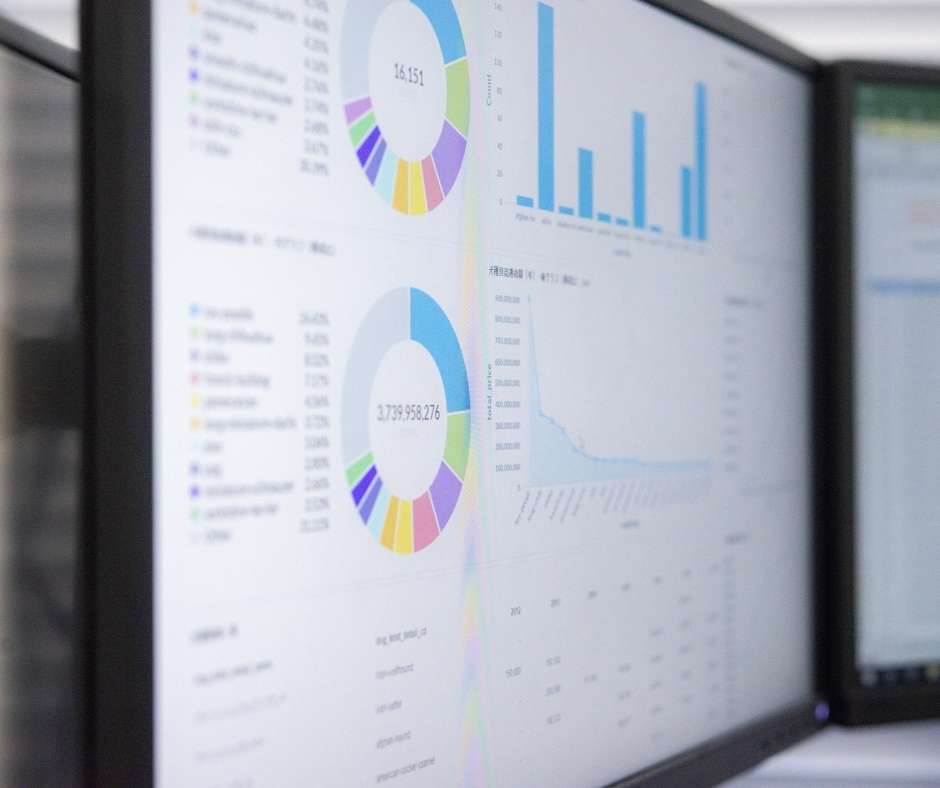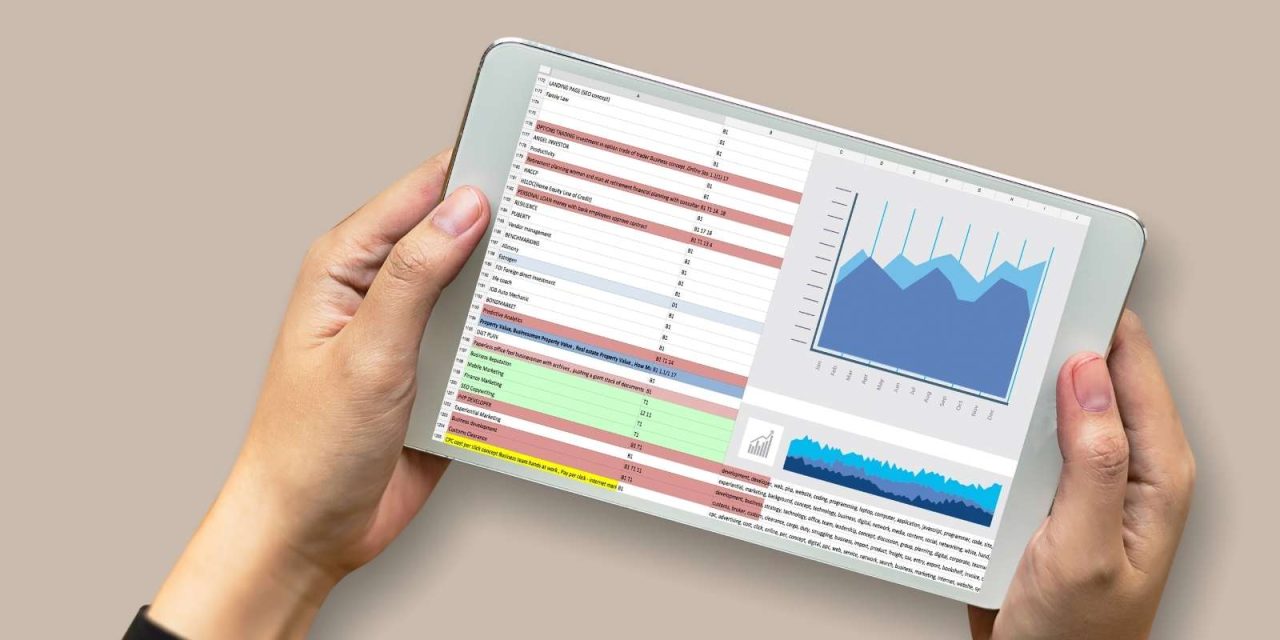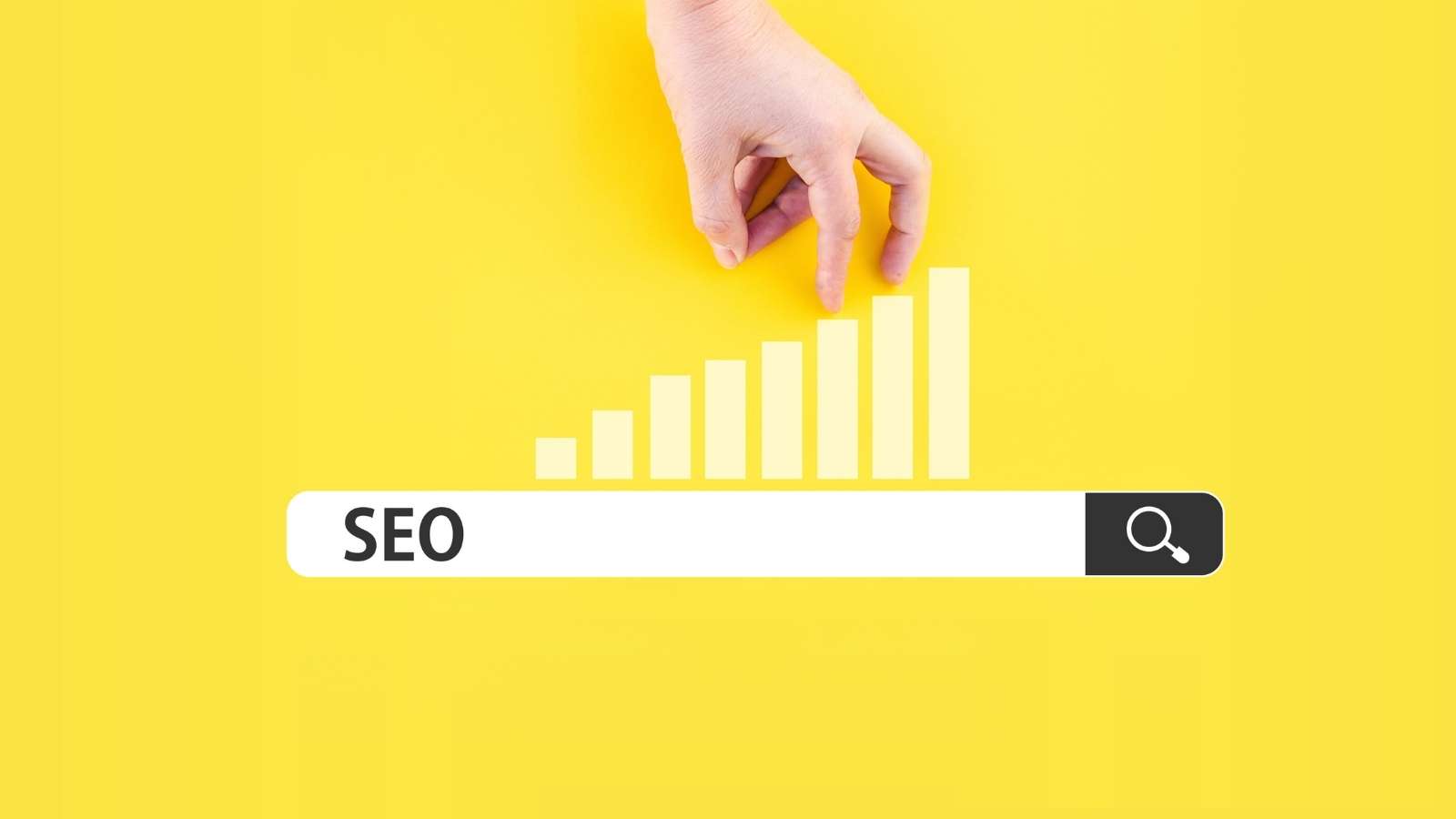We can define data analytics as a tool or series of tools that process and analyze raw data with the goal of extracting insights to help people make decisions. Businesses already use it extensively in digital marketing to help brands make the most of their data and increase the efficiency and effectiveness of their strategies by identifying trends and patterns.
The main source of customer data comes from internal channels such as sales transactions, email subscriptions and CRM databases. Meanwhile, 25% of data derives from external sources (e.g. from cookies on other sites) and 21% comes from the combination of both sources.
However, these percentages will change due to increasingly strict regulations on third-party data (e.g. data obtained from cookies). First-party data – obtained by a company on its own platforms and through its direct interactions with customers – is set to become much more important in understanding audiences and directing strategy.
The importance of data analytics
Being able to process large quantities of data into simpler, more actionable information and insights impact the way marketers plan their strategies. This is increasingly necessary when we consider:
- Internet users produce 2.5 quintillion bytes of data every day (that’s 2,500,000,000.000,000,000 bytes).
- By 2023, this amount of data will be worth $77 billion.
- Big data business grew to around $274.3 billion in 2022.
- Global revenue from big data will reach $119 billion by 2025.
- Approximately 97% of businesses are investing in big data.
- 54% of companies that use data analytics have higher profits than those that don’t.
Data-driven strategies are crucial in today’s marketing landscape, though some companies are still learning how to create data-driven experiences for customers. For more information on this, see our other article about how to do it.
Part of the challenge is understanding exactly what the benefits are and how to use data analysis.

How can you use data analytics?
Data analytics is a tool marketers use to make the best decisions for their business, for example by measuring ROI, increasing innovation in response to customer need, and driving business growth.
It can also help marketers prioritize and improve budget management by allocating resources to the most profitable activities.
Improving customer experience
Another powerful use of data analytics is generating information that can create a better understanding of audiences and reach new customers. It could also include information regarding customer acquisition, customer retention, branding response and other specialties that make up digital marketing.
Above all, effective data analysis can simplify marketing decisions by helping brands follow and influence customer responses and decisions throughout their interaction with a brand.
The key is better and more sophisticated targeting and personalization based on the data obtained from the customers. This could include targeting specific points of their buying journey and predictions about what they will do next.
Such personalization and guidance via different marketing strategies such as remarketing, social media campaigns or email marketing will lead to greater customer satisfaction.
The challenges of data analytics
Data analytics is a powerful marketing tool, but it is not used by every company because its implementation and use require certain skills.
For instance, this kind of software can be very exhaustive and complex, making it difficult to integrate into a company’s existing systems.

Processing all the data can also be a tough task, as it requires constant and consistent updating. As other priorities arise, fresh data streams may get neglected.
Complex user interfaces can also make data analysis difficult to understand for people who are not used to working with graphs and statistics. There are multiple courses and programs about big data and data analytics, though they cost time and money – a significant investment for any company.
However, the benefits outweigh the challenges in terms of increased revenue once data analytics begins delivering essential information for growth.
Different types of data analysis
Methods of data analysis vary. It depends on the goals you’re trying to achieve and there are different levels. Typically, we talk about three:
Descriptive analytics:
- Answers the question: “What happened?”
- Focuses on past events/transactions.
- Uses techniques such as segmentation, summary statistics, clustering, data visualization and business intelligence.
Predictive analytics:
- Answers the question: “What is going to happen?”
- Focuses on the future.
- Uses techniques such as regression analysis, predictive modeling, machine learning and forecasting.
Prescriptive analytics:
- Answers the question “What should we do?”
- Focuses on the present.
- Uses techniques such as simulation, recommendation engines, algorithms and machine learning.
As third-party data becomes more limited, first-party data and its important marketing lessons is becoming much more important. The brands that harness the power of this data will be the brands that analyse it well and derive key understandings of their audience.
What is data analytics?
Data analytics is the process of analyzing raw customer data in order to help people make decisions about their business and improve both performance and profit.
Why is data analytics important in marketing?
With huge amounts of data being produced every day, it’s difficult for marketers to dissect and process all the information. Data analytics helps to analyze and arrange data so it is clearer and easier for marketers to understand it and use it to generate insights.
What are the different levels of data analytics?
There are three main levels: descriptive analytics, used to extract details of what has happened in the past; predictive analytics, used to predict the future, and prescriptive analytics, focusing on the present.










